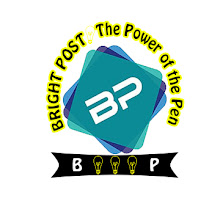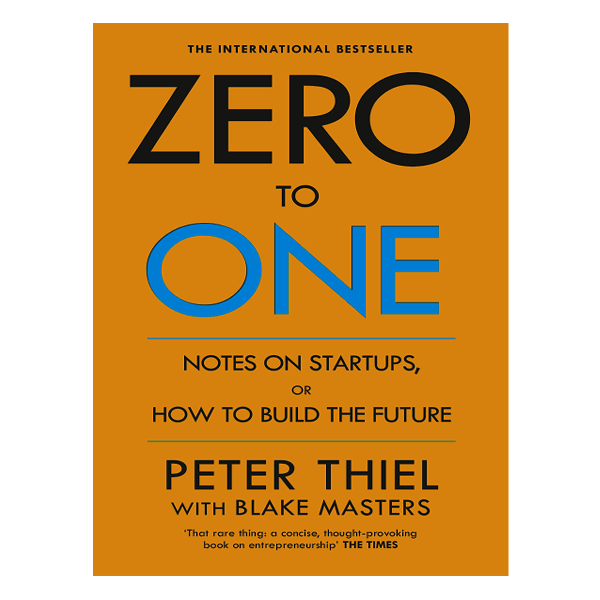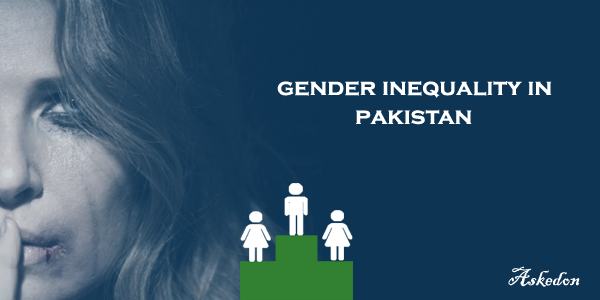The authors of this book are three who have been working for this book together since 1977. The first author is Roger Fisher who is Williston Professor of law Emeritus at Harvard school, founder and director Emeritus of the Harvard Negotiation Project. He has also practiced law in Washington and served as a consulted to the Department of Defense. He is author or coauthor of numerous prize-winning scholarly and popular books, including his most recent Beyond Reason, Using Emotions as You Negotiate.
The second author is Willam Ury who is cofounder of Harvard’s program on Negotiation and Distinguished fellow of the Harvard Negotiation project. His most recent project is Abraham’s path, a route of cross-cultural travel in the middle-east that retraces the footseps of Abraham, the progenitor of many cultures and faiths. Ury’s most recent book is The Power of Positive No, Save he deal, Save the Relationship, and Still Say No.
The third author is Bruce Patton who is cofounder and distinguished fellow of the Harvard negotiation project, cofounder of the program on negotiation at Harvard law school, and a founder and partner of Vantage partners. He is also the author of the New York Times bestseller difficult conversations. How to discus, what matters most.
The book getting to yes is a popular book about negotiation and it was published in 1981. The book is written in a straight forward and easy-to-understand way, making it accessible to a wide audience and it provides specific strategies and techniques which can be applied to real world negotiations. Apart from it, the book encourages negotiations to focus on the underlying interests of both parties, rather than their positions, which can lead to more productive outcomes.
Besides this, the book getting to yes emphasizes the importance of finding solution which meet the needs of all parties involved in this book. There are some weakness of this book which include over simplified and not enough on hardball tactics. Moreover, in this book some people find approach to be overly simplistic and not applicable to all negotiations situations. Furthermore, this book focuses on collaborative negotiation and doesn’t delve much into how to deal with difficult opponents or unethical tactics.
At last, getting to yes is a classic book on negotiation that has been praised for its clear, practical, and collaborative approach. However, it’s important to be aware of its limitations and to consider whether it’s the right book for your specific needs. I want to say that read this book because it is one of the wonderful books for negotiation.
Shamis Ali
Turbat, Kech








0 Comments